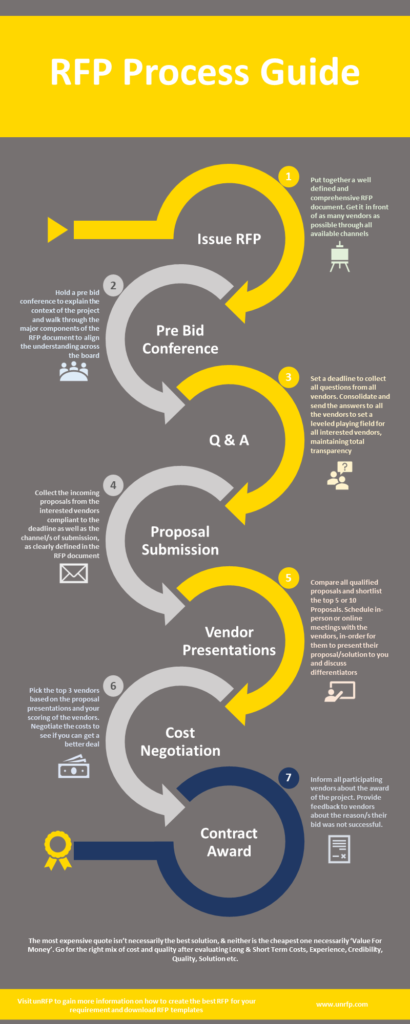How to write an RFP

Irrespective of who you are, you would have bought from other people or companies in a personal or a professional capacity probably by writing an RFP. Mostly for your smaller value purchases you would straight away pick a vendor you want to work with and get going. Whereas for your mid to large sized purchases you would do substantial research, get multiple quotes and do a cost versus value evaluation to select the best suited vendor. This process is broadly the RFP process, which is pretty common within the professional services segment.
Why stress on building a good RFP?
Well, your RFP document sets expectations and paints your needs, for the prospective vendors. And the quality of the responses would be directly related to the quality of your RFP document. Hence it is absolutely essential that you RFP is as elaborate as possible and gives the prospective vendor a 360-degree view of the problem you are trying to solve.
Obviously, you can write your RFP the way you want, but we have elaborated below, on the various components that would make a good RFP document –
To start with, have –
- Unique Project Identifier and Name
- Organization Name
- Location
- Point of Contact (POC) for the RFP
- POC’s Contact Number
- POC’s Email Address
The body of the RFP should contain your need and expectations as divided into the sections as below
1. About your organization
It is important for the vendor to know who you are and the history of your company. Having 10 pages dedicated to boast about your company is not advised, but rather go for a short precise description covering
- The beginning
- Your business
- The current state
- Future growth envisioned
This information is valuable for a vendor who is looking to be a true partner for you.
2. The need and the scope
This is the most important part of your RFP, the more information you provide here, the better. Covering ‘Why you are doing it’ is as important as ‘What you are trying to do’ in order for the vendor to understand the need behind the need. It might be possible that there may be a better way, a better solution than what your had in mind. Ensure that this section includes
- Your need
- Why it needs to be addressed?
- Why now?
- How would you measure the ROI?
- Your expectations from the solution
- Detailed description of the expected solution
- Dependencies for the solution to work
- Users who would use or be impacted by the solution
- Expected timeline of the project, any internal or external drivers.
3. Decision Timeline and qualification criteria
It’s crucial you are transparent and give a clear view into every stage of the RFP process; right from the issuing of the RFP to the signing of the contract. Also include with this all criteria that the vendor needs to meet in order to qualify to submit a proposal. This section should include
- Next steps along with deadlines like; pre bid conference, submission of questions, proposal submission
- Shortlisting and decision-making process
- Scoring method used and major criteria
- Proposal presentation requirements
- Certifications needed
- Any special requirements like location, minimum experience, company size etc
4. Submission Requirements
This section addresses how you would want the proposal to be submitted. It would be ideal to mention any specific format that you prefer to maintain uniformity and make it easy to compare proposals. Include
- Method of submission; email, physical copy, USB or DVD etc
- Format requirement; PDF, document size, layout etc
- Number of copies
5. Proposal Components
Either you can give a free hand to the vendors to decide themselves what information to provide or you can define what to include and the sequence so that proposals are uniform. There are pros and cons with both methods, the benefit with the first approach is that you would get an understanding of the quality of the vendor, thought process and being able to build on top of the information you provided. However, the downside is that you would have a hard time comparing proposals and have to do a lot of back and forth to collect all the information you need.
With the second approach, the benefit is that you can easily compare and qualify proposals and time is saved as you are able to collect the necessary information quickly. The drawback is that you may not necessarily be able to get an idea of the creativity and the thought process of the vendors. The section should cover
- Any specific layout, format, font size etc to be followed
- List and sequence of mandatory items to be included
6. Project Challenges
It would be important to mention any possible challenges that might be there in the project e.g., working with existing code, integration with legacy systems, dependence on a third-party vendor etc. This allows the vendors to build a strategy as well as allocate sufficient time and effort be able to tackle those challenges.
7. Budget
Well, it may seem counterproductive and making yourself vulnerable by stating your budget upfront, but that is absolutely untrue. By stating your budget vendors would be able to qualify themselves and decide how much time they can dedicate to a proposal for you. The budget also helps devise a solution that fits your bill, instead of receiving ridiculous estimates because you failed to mention your budget.
Conclusion
Receiving tons of proposals to your RFP doesn’t indicate that you wrote a magnificent RFP, what matters is the number of qualified responses you get. You can choose to write an ambiguous RFP and then wade through a sea of unqualified proposals or write a detailed RFP that attracts a limited number of responses, but are highly qualified. Spending the time upfront on spinning out a comprehensive document would pay off by eliminating a lot of back and forth, quickly find and compare qualified proposals and in the end get the right solution for your problem.
Looking for a way to distribute your RFP? Post your RFP on unRFP


